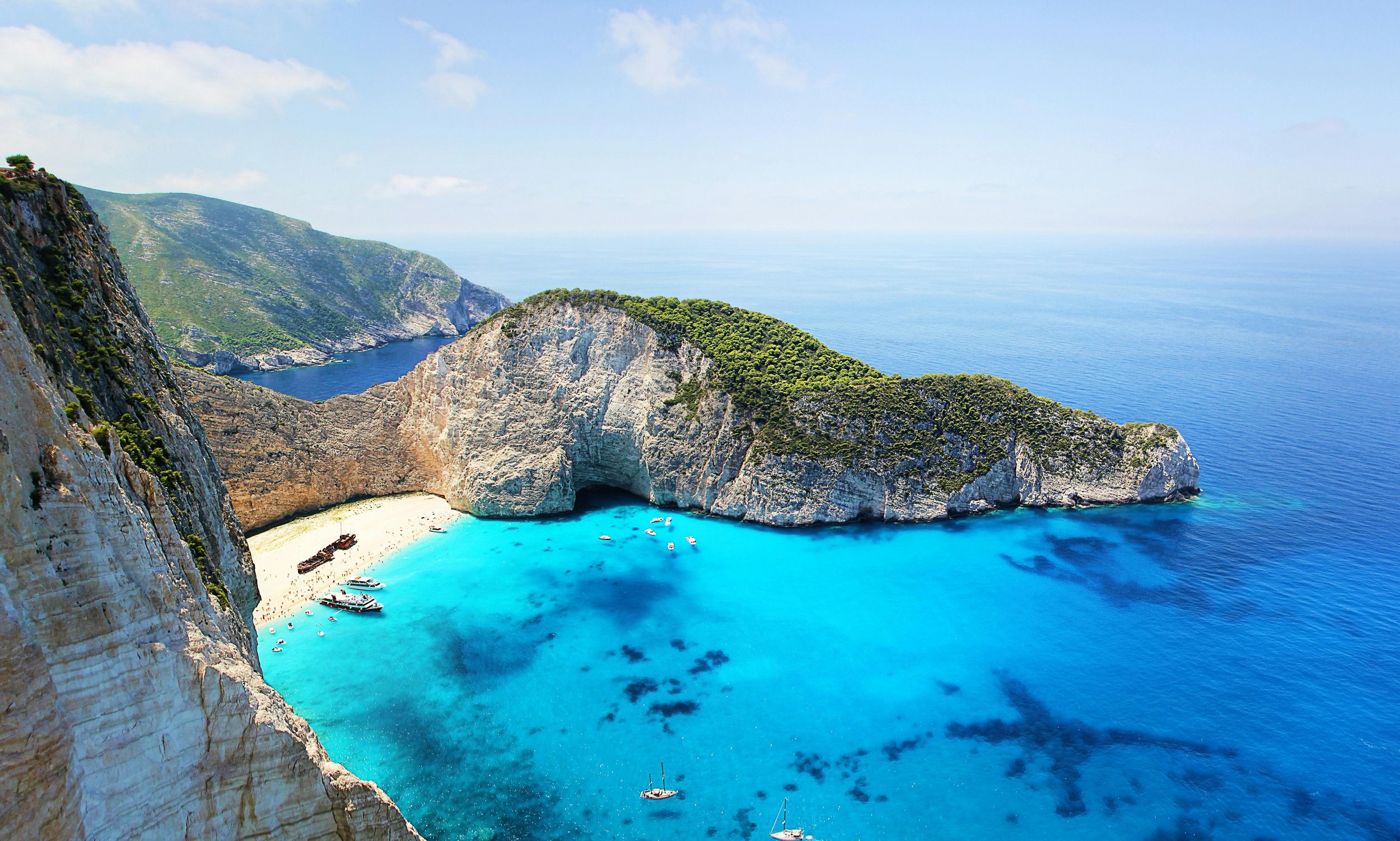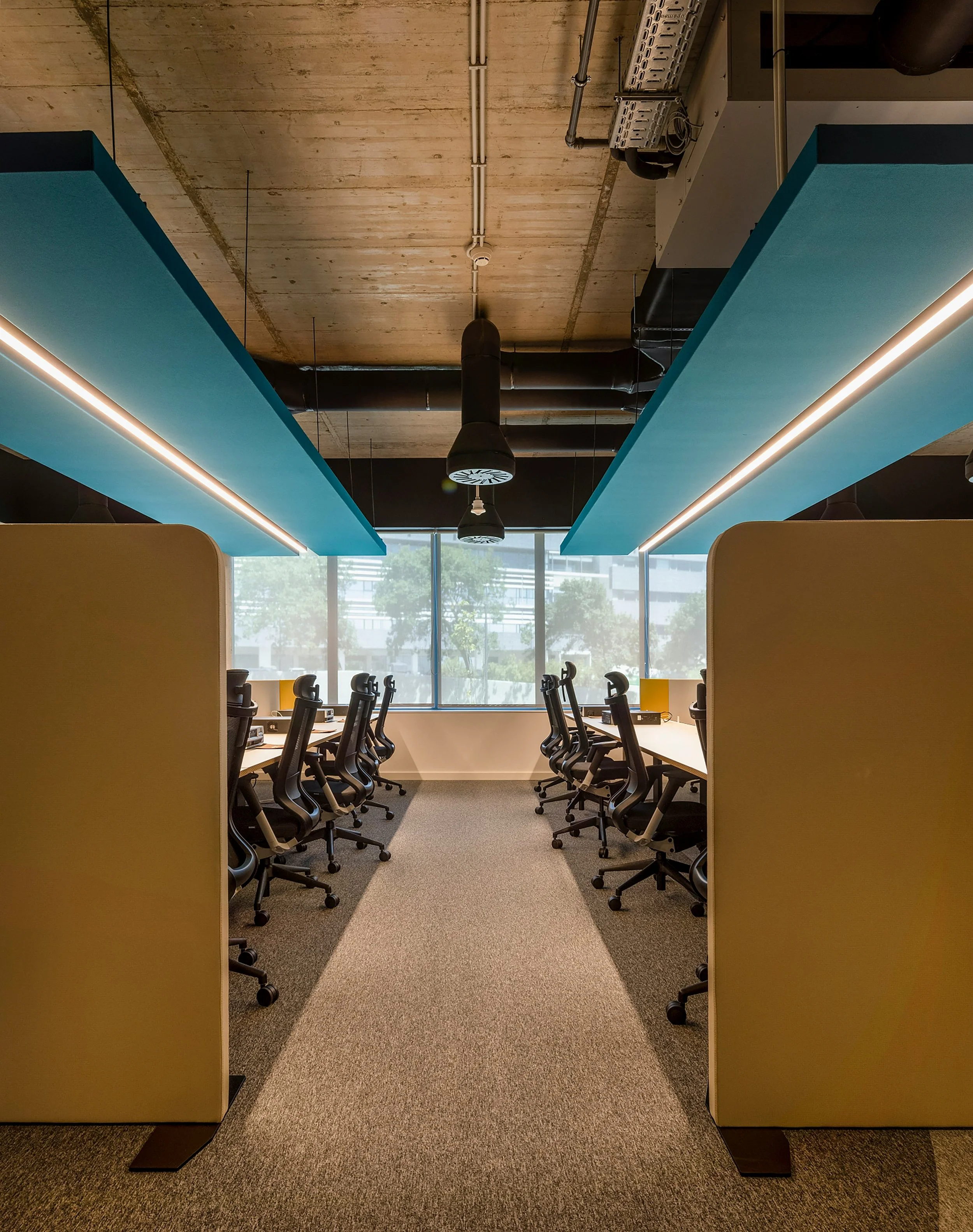Netflix's Blue Zones Explained: 8 Secrets to Living Past 100
Sardiania, Italy. Photo by Alexandra Cozmei on Unsplash.
Reading time: 5 minutes
🌿 Thanks for reading The Good Life Journey. I share weekly insights on money, purpose, and health, to help you build a life that compounds meaning over time. If this resonates, join readers from over 100 countries and subscribe to access our free FI tools and newsletter.
Introduction
Blue Zones are regions of the world known for high longevity, where people live significantly longer and healthier lives. The term "Blue Zones" was coined by Dan Buettner, a National Geographic Fellow, who identified the following five regions as Blue Zones (see Blue Zones map below):
Ikaria, Greece
Okinawa, Japan
Ogliastra Region, Sardinia, Italy
Nicoya Peninsula, Costa Rica
Loma Linda, California, United States (specifically, the Seventh-day Adventists community)
These are the five Blue Zone areas featured in the Netflix series, where researchers have documented extraordinary longevity.
Blue Zones map. The five Blue Zones include Ikaria (Greece), Okinawa (Japan), Sardinia (Italy), Nicoya (Costa Rica), and Loma Linda (California, USA).
Blue Zones have attracted attention from researchers and health experts due to the unusually high number of centenarians (people who live past 100 years) in Blue Zones and due to the relatively low rates of age-related diseases such as cancer, heart disease, diabetes, or dementia. People in Blue Zones live longer and healthier lives, often surpassing 100 years, with lower rates of chronic diseases.
For those of us planning for early retirement, understanding how long we’ll actually remain healthy is just as important as how long we’ll live—research shows that many people overestimate their healthy years.
Given the choice, many of us would wish for eternal life, but in its absence, we can at least strive to live as healthy and long as possible. It’s nice that the show not only focuses on the lifespan (how long we live), but also focuses very strongly on the healthspan—highlighting how unusually healthy and active these centenarians are.
The 4-episode Netflix series Live to 100: Secrets of the Blue Zones—available to stream on Netflix—follows longevity expert Dan Buettner as he visits the Blue Zone regions to unveil some of the “secret” lifestyle and cultural factors that may be behind the longevity of their residents. The Netflix show showcases remarkable Blue Zones centenarians who are still active and vibrant in their 100s. Some of them are still working (some are riding horses!); but above all, most of them seem very happy.
In this post, we review the main takeaways from Netflix’s Blue Zones (Live to 100). The Netflix series is a documentary exploring the secrets of life longevity through in-depth visits to each Blue Zone region. For the viewer, the hope is that we can try to understand the lessons to be learned and then mimic some of these lifestyle choices that may enable us to live longer, happier lives.
The Blue Zones Netflix series not only entertains but offers practical longevity tips we can all adopt. The show has sparked global interest, with 'Blue Zones Netflix' becoming a top search for those curious about longevity.
8 Longevity Lessons from Netflix’s Blue Zones: How to Live Past 100
In Blue Zones, average life expectancy often exceeds 90 years, with centenarians living vibrant, active lives well beyond 100. Wondering how to live to 100? The show reveals key habits anyone can adopt for a longer life. Here are ten important takeaways from Netflix’s show. Further below we also provide a more detailed list of individual factors highlighted in each region as potentially contributing to longevity.
1. Sense of Purpose and Outlook on Life.
Centenarians living in Blue Zones tend to have a positive outlook on life. They have a sense of purpose and belonging that is crucial for their mental well-being. They are typically focused on family, friendships, faith, and work that is meaningful to them.
The show presented proud centenarians showing off their craft in Okinawa (their “ikigai”) or still riding their horses while herding cattle in Nicoya. Faith was important to many of them—the show presents elders in different locations regularly attending their faith congregations. But most importantly, their positive outlook on life and sense of purpose is grounded in the heart-felt respect and love provided by their family and community.
Furuzamami Beach in Zamami Island (Okinawa) in Japan. Japan is not only a longevity hotspot but also ranked as one of the top retirement destinations in Asia in our recent analysis. Photo by Roméo A. on Unsplash.
* Further Reading – Article continues below *
2. Move Naturally.
The physical activity of Blue Zones inhabitants doesn’t necessarily have to be a formal exercise routine. With the exception of Loma Linda Adventists, who do practice sports, physical activity is generally incorporated organically into their daily routines.
They constantly engage in activities like walking, gardening, dancing, or manual labor, which keep them very active without the need of formal workouts. Incorporating movement into daily routines helps maintain mobility and overall health. Residents in Blue Zones often live in steep, hilly areas or use low furniture, both of which promote natural physical activity and strengthen lower body muscles, contributing to their longevity.
3. The Power of Community.
Close social bonds are essential in Blue Zones for reducing stress and promoting longer lifespans. Strong social connections in Blue Zones communities play a vital role in their longevity and overall well-being that stood out in relation to how our modern society is typically structured. People in these communities maintain strong ties within their community, and often go a step further to form formal, tight-knit support networks (e.g., Japanese Moai).
Regular social interactions contribute to emotional stability, stress reduction, and a sense of belonging, which are vital for longevity. A study published in the American Journal of Public Health in 2018 found that loneliness was associated with a 50% increased risk of early death. This is very worrisome, given that nearly half (46%) of American adults report sometimes or always feeling lonely, according to a survey conducted by Cigna in 2018.
Santorini, Greece. Greece does not only offer longevity hotspots such as Ikaria, but Greece also ranked as one of the top retirement destinations in Europe in our recent analysis. Photo by Pixabay on Pexels.
4. Family First.
In Blue Zones communities, the concept of “family first” is very ingrained in their lives, emphasizing the important role of family ties in promoting well-being and longevity. In Blue Zones, multi-generational households are common and contribute to the emotional health and longevity of their residents, with children, parents, and grandparents often living together, helping each other, and producing strong intergenerational relationships.
By prioritizing family relationships and investing in the well-being of loved ones, older individuals in Blue Zone communities cultivate a source of emotional resilience and social support that contributes to their overall health and longevity.
5. Actively Focus on Others.
As we’ve written in a previous post, one of the ultimate sources of a meaningful and happy life lies within ourselves and having a greater sense of responsibility and concern for others. Focusing on others, a common practice in Blue Zones, is a proven strategy to reduce negative emotions and boost happiness and to increase your well-being. This is illustrated throughout the show—whether it is the Loma Linda adventists regularly volunteering in communities nearby or the responsibility that elderly citizens are granted for taking care of the younger generations in Okinawan and Singaporean households.
6. Stress Reduction.
Unsurprisingly, effective stress management is a critical factor in the longevity of Blue Zones residents, helping them live calmer, longer lives. Individuals in Blue Zones develop coping mechanisms and lifestyle practices around physical activity and social interaction that mitigate stress. They generally have a healthy sense of work-life balance and are able to wind down daily. For Loma Linda adventists, there is a formal emphasis on rest and relaxation that includes a weekly day of rest (Sabbath). But more generally, elderly folk presented in the show do not appear stressed.
Experts interviewed emphasized the role that technology has in keeping us aware in real time of troubling events that are going on around the world, over which we have no agency. In contrast, consider the mental stability and calmness that arises from local sheepherders in Sardinia when they manage to focus and resolve the problems that arise for them each day. The takeaway is to focus on things within your control.
Santa Teresa Beach, Puntarenas Province, Costa Rica. Costa Rica does not only offer longevity hotspots such as the Nicoya Peninsula, but also ranked as the top retirement destinations in Latin America in our recent analysis. Photo by Nathan Farrish on Unsplash.
7. Eat Wisely.
The Netflix show presents the Blue Zone diet for longevity as being primarily plant-based, focusing on nutrient-rich whole foods like fruits, vegetables, grains, and legumes for longevity as important contributors to overall health and longevity. Do Blue Zones eat meat? Yes—but only in small portions, typically a few times per month, often as part of celebrations. Do Blue Zones drink coffee? Also yes—moderate coffee and herbal tea consumption is common, often as part of social rituals.
Although they consume meat very sparingly, the focus is on smaller portions of lean proteins. In addition, they incorporate dietary staples like nuts, seeds, and healthy fats such as olive oil. Surprisingly, Sardinian residents ate a substantial amount of carbohydrates; it likely helps to focus on consuming “good carbs” in moderation, i.e., those that present lower glycemic indexes (think of sourdough, rye, buckwheat, or pumpernickel bread).
Importantly, it is not only about what you eat, but how much: calorie control, such as the Okinawan practice of “hara hachi bu”, is a vital principle for longevity. It involves stopping eating when you are approximately 80% full, and followers of this practice consider it a key factor contributing to their longevity.
Modern approaches like algorithmic living echo this principle by creating personal rules that automate healthy decisions—helping you bypass willpower battles and align daily habits with long-term health goals.
8. The Environment Matters.
In Blue Zones, the environment significantly influences longevity and well-being. The areas shown in the show boast natural beauty and clean air, which foster physical activity, relaxation, and connection with nature. Blue Zones residents thrive in environments that promote physical activity, mental well-being, and longevity through nature and clean air, providing opportunities for walking, gardening, and other outdoor pursuits. While clean air and water in Blue Zones enhance respiratory health, contributing to increased vitality and longer lives, green surroundings are known to lower stress and boost mental health.
Can you hear the gentle sound of the waves? Ikaria, Greece. Photo by Christian Burri on Unsplash.
Individual Factors Highlighted Across Blue Zones
For those interested, we provide below the different factors the show gradually uncovers as potentially contributing to the longevity and good health of its residents. Figure 1 presents each single factor found across the different Blue Zones, while Figure 2 attempts to distill this wisdom into higher-level factors we would need to think of if we wish to lead long and healthy lives.
Figure 1. Individual factors arising across different Blue Zones that could potentially contribute to longevity.
Figure 2. Aggregation of individual factors from Figure 1 into higher-level factors contributing to health and longevity in Blue Zones.
Enjoyed this post? Don’t miss our post on the 7 benefits of cold water exposure or our article on retiring early in a Blue Zone. Didn’t find what you were looking for? Check out our recent articles further below.
🌿 Thanks for reading The Good Life Journey. I share weekly insights on money, purpose, and health, to help you build a life that compounds meaning over time. If this resonates, join readers from over 100 countries and subscribe to access our free FI tools and newsletter.
Check out other recent articles
Frequently Asked Questions (FAQs)
-
The Netflix series highlights five longevity hotspots: Okinawa (Japan), Ikaria (Greece), Sardinia (Italy), Nicoya (Costa Rica), and Loma Linda (USA).
-
They follow mostly plant-based diets rich in vegetables, legumes, nuts, and whole grains, with minimal meat and added sugar. Portion control (like Okinawa’s “hara hachi bu”) is key.
-
Yes—but usually not through formal workouts. They move naturally through walking, gardening, manual labor, and active daily routines.
-
Extremely. Strong social bonds, faith groups, and daily interactions reduce stress and contribute to emotional well-being and longevity.
-
Yes. They manage stress with daily routines, community support, rest days (like the Sabbath in Loma Linda), and focusing on what they can control.
-
Having a strong sense of purpose (like Okinawa’s ikigai) and feeling useful in the community is linked to better mental and physical health.
-
Absolutely. While we can’t all live in a Blue Zone, adopting habits like a plant-based diet, daily movement, social connection, and stress management can promote longevity anywhere.
Join readers from more than 100 countries, subscribe below!
Didn't Find What You Were After? Try Searching Here For Other Topics Or Articles:






































